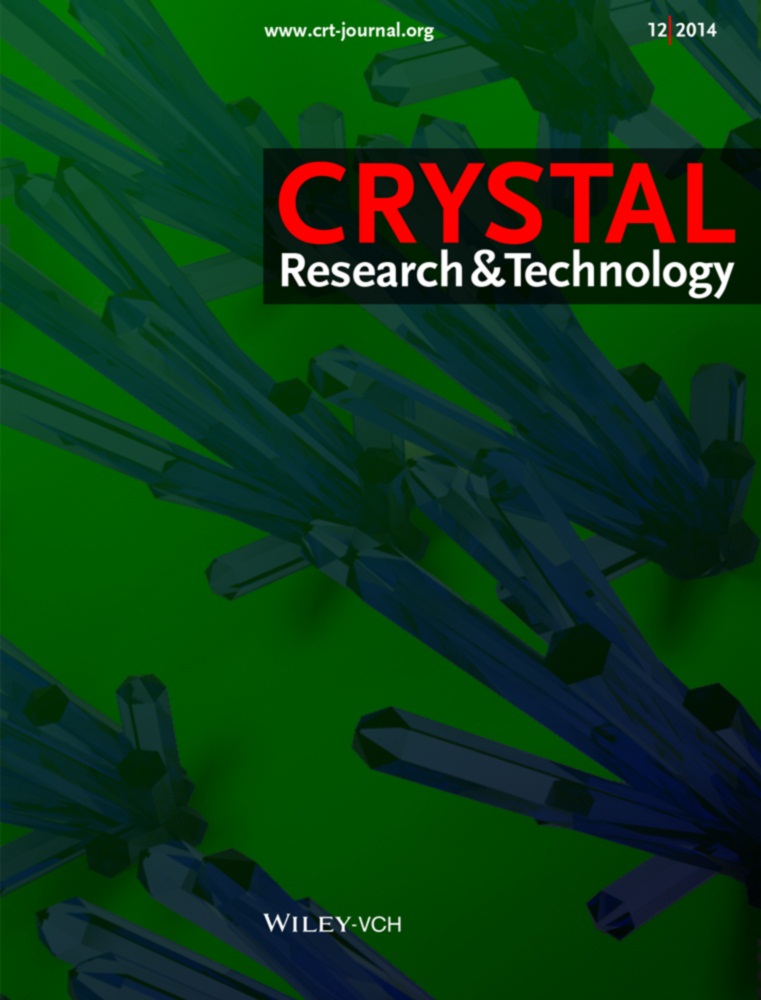The effects of solvent and microwave on the preparation of Magnesium Oxide Precursor
Abstract
Four methods including hydrothermal method, glycol-hydrothermal method, microwave-hydrothermal method and glycol-microwave-hydrothermal method were used to prepare magnesium oxide precursor by the reaction of MgSO4·7H2O with (NH4)2CO3. The composition, crystallinity, morphology, aspect ratio, yield, functional groups, atom distribution, and interplanar spacing of the sample were investigated by X-ray diffraction (XRD), Scan Electron Microscope (SEM), Fourier Transform Infrared Spectroscopy (FT-IR), and High Resolution Transmission Electron Microscope (HRTEM). The properties of Magnesium Oxide precursor were compared with each other. The results of FT-IR and XRD showed that the crystals were all nesquehonite. However, it was shown by FT-IR results that the crystals prepared by glycol-microwave-hydrothermal method contained OH− and HCO3− groups, which indicated that the Mg(OH)(HCO3)·2H2O type crystals would be facilitated by this method. The glycol-hydrothermal method can create high quality Magnesium Oxide precursor with a high degree of crystallinity, high purity, high aspect ratio, smooth surface, and good dispersibility.




